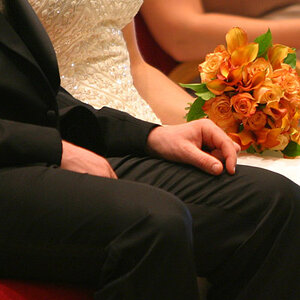JE Kay
TPF Noob!
- Joined
- Mar 12, 2009
- Messages
- 218
- Reaction score
- 0
- Location
- SW Ontario
- Website
- www.bustedlunchbox.com
- Can others edit my Photos
- Photos NOT OK to edit
You should be fine with the polarization thing, it's for web after all.
I don't use it if I can avoid it as it punches the contrast up too much.
I don't use it if I can avoid it as it punches the contrast up too much.



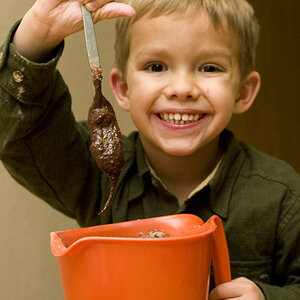
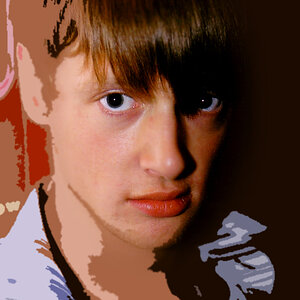
![[No title]](/data/xfmg/thumbnail/37/37540-73002ccb910b97978bc38658622a34d3.jpg?1619738133)
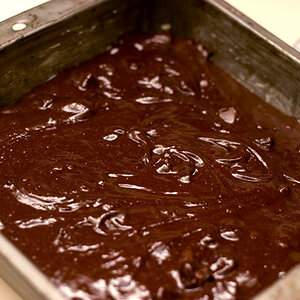
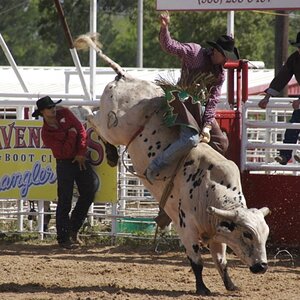
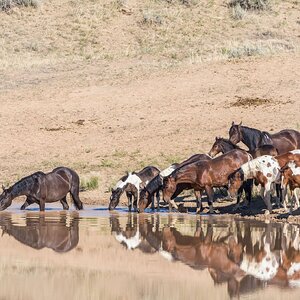
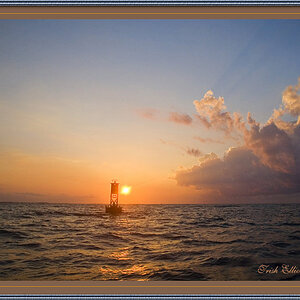

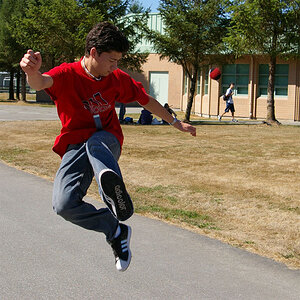
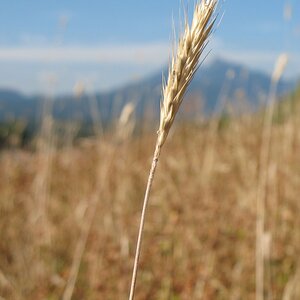
![[No title]](/data/xfmg/thumbnail/34/34061-e097813b3719866d07ff3e78e8119ffa.jpg?1619736258)
